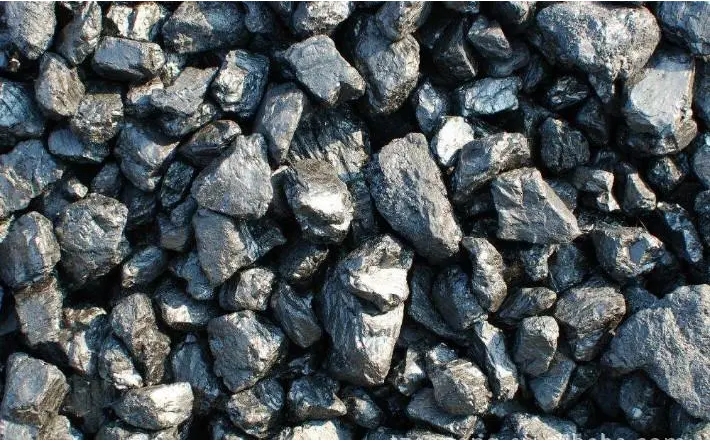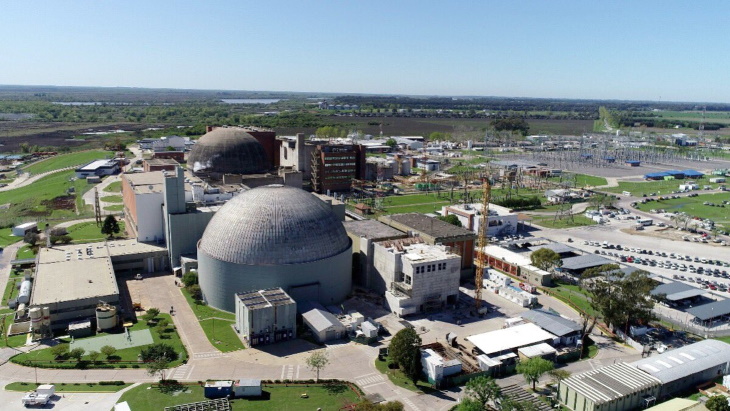In the US, coal is typically consumed by power plants following the seasonal pattern of electricity generation; most coal consumption occurs during the summer and winter. Because power plants consume more coal during the warm summer months, power plants typically begin increasing their coal stocks in the spring as plant operators prepare.
US coal power plants generally stockpile much more coal than they consume in a month, with more than 90% of coal-fired power plants currently having enough coal on hand to generate electricity for 60 days or more. The EIA estimates days of burn as the number of days a sample of coal plants can generate electricity using their current stockpiles. Coal plant operators keep extra coal on hand because physical delivery constraints in the supply chain limit how quickly coal plants can increase their stockpiles.








